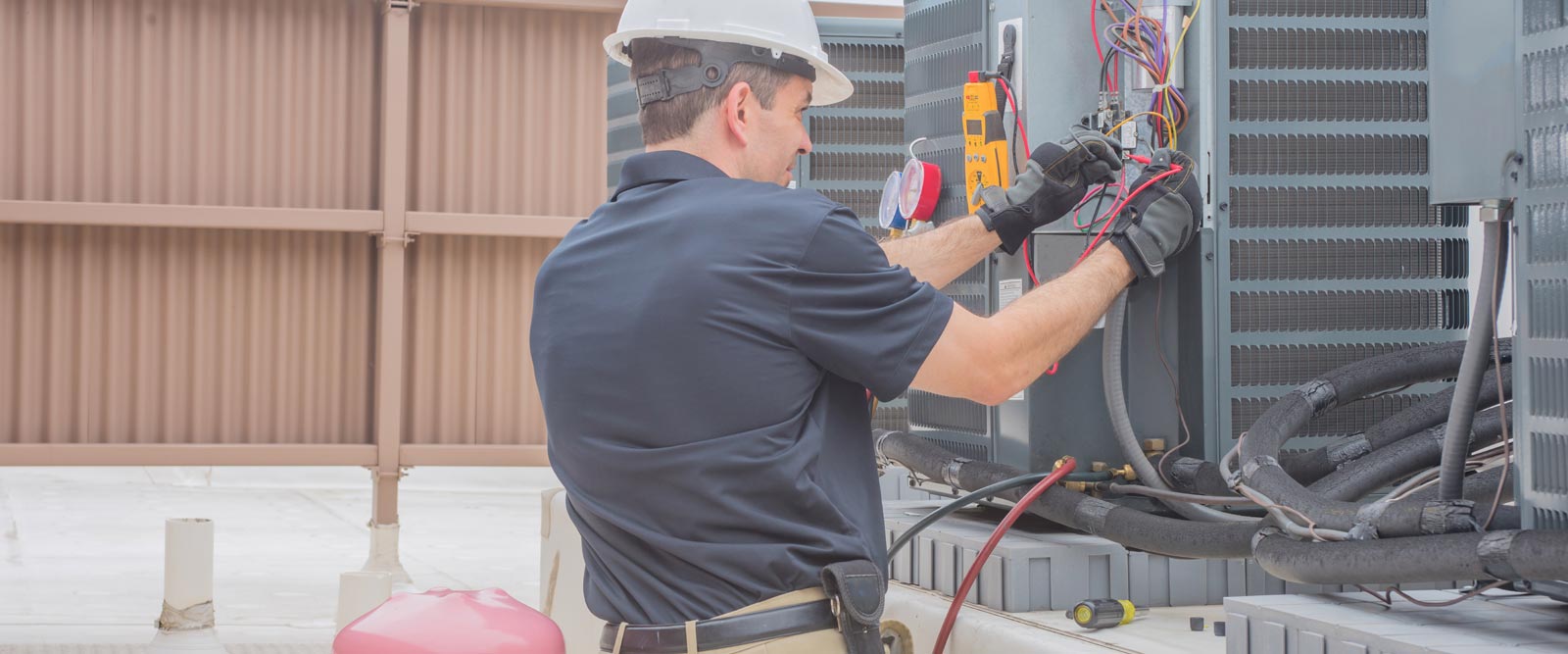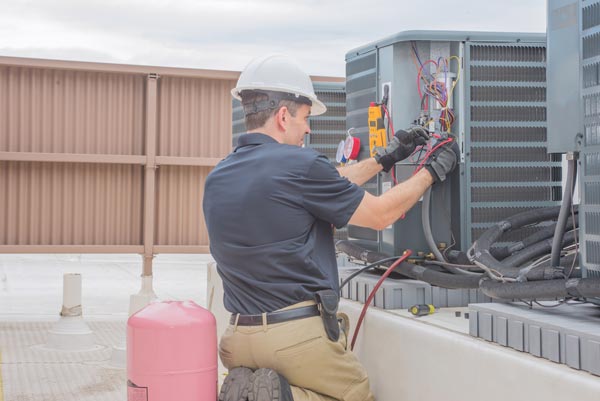Air Conditioner Repairs to Consider When Buying an Older Home
After the premiere of This Old House on PBS, Americans began looking at “vintage” homes in a different light. Savvy home buyers see two types of value in older homes: 1) Often older homes can be purchased at a good value, allowing upgrades to be made within a reasonable budget, and 2) the architectural value of an older home makes it worth saving. The stock of older homes is shrinking in the Houston Metro area: 21% of homes were built before 1960, 10% were built before 1950, and only 5% were built before 1940%.1
Homes built before 1960 are significant because they were not designed for central air conditioning. This presents challenges for anyone trying to redevelop existing, vintage homes; most will consider air conditioning a necessary upgrade. Whether you are a do-it-yourself homeowner or a general contractor taking on the challenge of renovating these homes, it will require some special preparation to properly install heating and air conditioning. Here are some recommendations from a heating and cooling perspective:
Air Conditioner Repairs: Begin with a custom load calculation
If your vintage home has original heating or cooling equipment, it is too inefficient to effectively function, so it will need to be replaced. Determining the proper equipment should begin with a whole-home assessment with a load calculation to customize the equipment needed.
- The space footprint will be measured—how many square feet, how many levels, and how many square feet on each level.
- The building envelop will be inspected to determine whether the walls, ceilings, and basement are properly insulated. Will you replace the windows or keep the existing windows for architectural charm? This will figure into the load calculation.
- The purpose of the load calculation is to determine the needed equipment and proper size of components.
Air Conditioner Repairs: Ducts can be tricky
Since most vintage homes were not designed for air conditioning, retrofitting a home with ducts is problematic.
- Opening walls might be necessary to install ducts as needed. The load calculation will determine how many and more ideal locations for proper ventilation.
- Care should be given to extending ducts to the second floor of a home.
- Modern design installs supply ducts in outside walls and return ducts on inside walls. Since outside walls bear the temperature variations of outside air, conditioned air is delivered nearest the need. Return vents pull the air across the room for excellent ventilation.
- An older home might have existing ducts. If so, the supply ducts might be located near the inside wall. While this does not match current construction engineering, it can be adapted to accomplish the same purpose by the correct placement of return vents.
Consider mini-split ductless units.
If a vintage home has no ducts and no central HVAC system, a mini-split system might be a creative solution. Mini-split systems operate using an outdoor heat pump. One heat pump can heat and cool multiple rooms and as the name suggests, require no ducts. A small opening is made in the wall, just enough to accommodate a copper tube. The heat pump brings heat or cold air as needed to a modest-sized indoor fan unit.
Renovating or restoring a vintage home requires innovation and creativity. That certainly can apply to installing HVAC technology to a home that was designed before central heat and air systems were available.
Questions About Air Conditioner Repairs?
Call us for information regarding your Air Conditioner Repairs for your home. Call Doctor Cool & Professor Heat today at 281-338-8751 or email Doctor Cool for tips about Air Conditioner Repairs.
1 https://www.punctualabstract.com/2018/04/23/housing-stock/


